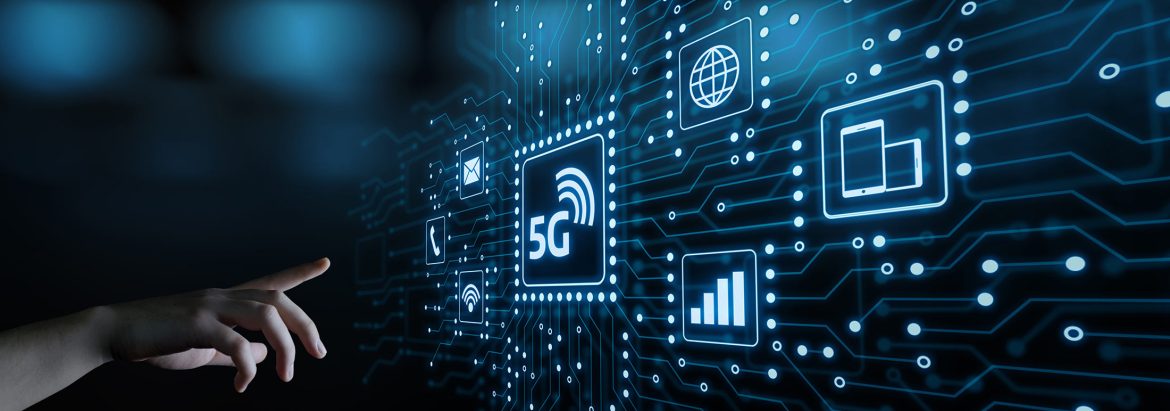
Discuss 5G for the Internet of Things (IoT)


Businesses collect client data from various sources, especially from user devices. This data needs to be stored and analyzed. Since the information is available in large volumes, businesses prefer to use data center consolidation initiative services. It helps organize storage and combine small data centers into a more extensive system. Data exchange between systems is essential, and this is also where a part of the collection occurs. Therefore, IoT plays a crucial role. The Internet of Things (IoT) includes the physical components that have processing abilities, sensors, software applications, and several other forms of technologies. These technologies allow various devices to be connected over any communication network like the internet. Now, data processing through such connections needs to occur rapidly and efficiently. This is possible through the use of 5G networks for IoT. The speed of connections increases, and there is no lag in any business processes.
Connections are being constantly improved, and the 5G network is the new global network standard. It combines a core network and a New Radio framework to provide a better wireless connection. A 5G network also allows multiple access points for various technologies used for communication purposes, including Wi-Fi, cellular connections, satellites, and fixed-line.
Data is sourced from all of these connections and the devices that use them. IT infrastructures usually host the databases, but it can get unmanageable. This is why companies often invest in IT operations management software. However, even more crucial is the quick and real-time analysis of data from multiple sources. This is possible by using 5G networks and the devices connected through such connections.
5G networks function by leveraging two categories of radiofrequency in the frequency spectrum: the sub-6 GHz range or FR1 and the range between 24 and 52 GHz or FR2. This allows 5G networks to have the highest speeds and almost no latencies. FR2, in particular, can reach EGF or extremely high-frequency range.
There are three different aspects of the 5G network, and each has its set of implementations.
Business processes need to be efficient and streamlined. Many of these depend on the data collected and the functioning of the IT infrastructure. Various companies invest in services like IT automation with AI to improve efficiency. Companies that utilize and source data from IoT devices require better processing speeds and optimized functioning of networks. This is possible by adopting 5G networks for IoT. These networks can improve the performance of the IoT devices and ensure that all processes involved are reliable.
5G networks have the following impact on the IoT:
The application of 5G in IoT is seen in various fields, and these include:
Currently, 5G IoT has another crucial application. It is in the aspect of network upgrades. Upgrades can lead to latencies and disruption of operations. However, with 5G connections, IoT systems and networks can be upgraded without affecting any critical operations. The high-speed connections will ensure no freezing of processes or overloading of servers.
5G for IoT is not limited to the above areas and can evolve to have many applications. In the future, 5G networks can provide a high enough bandwidth for the broadcast of 3D videos and augmented reality streams.
In the future, the applications of 5G IoT can expand to have a large-scale impact. It can be in the complete automation of vehicles, energy-efficient productions, enhanced securities, smart utilities, and even in the aspect of smart cities.
Data is integral to the functioning of businesses, and the environments for data collection and analysis can change to accommodate newer requirements. Companies often utilize data center migration planning tools to shift databases. The implementation of 5G occurs in different environments. If the business relies on IoT networks and devices, then no matter the environment, 5G connections will be necessary to get the best outcomes.
Please complete the form details and a customer success representative will reach out to you shortly to schedule the demo. Thanks for your interest in ZIF!